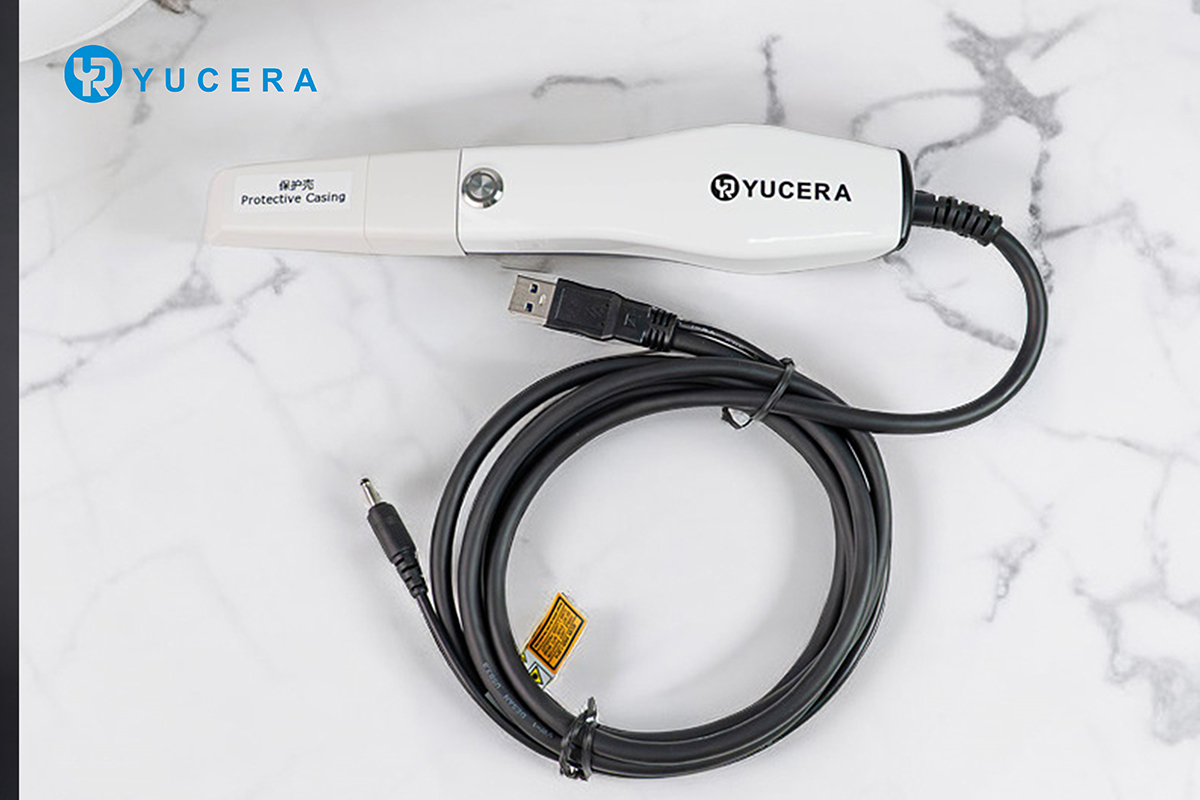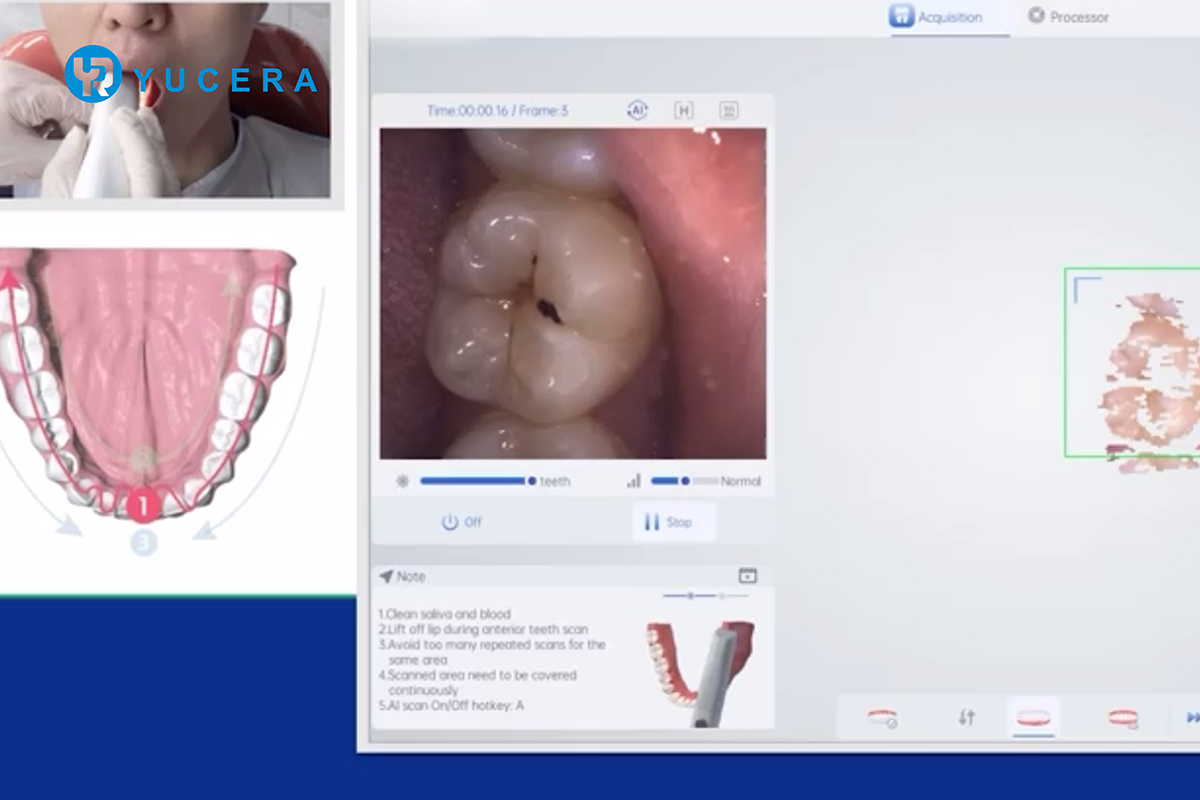How long do zirconia all-ceramic dental crowns last ?
2024-09-20
2024-10-15
Dental intraoral scanning (3D oral scanning) is an emerging digital impression technology that is gradually replacing traditional impression methods. In this article, we will explore the definition of dental intraoral scanning, its comparison with traditional impressions, and the advantages of scanning impressions.
What is Dental Intraoral Scanning?
Dental intraoral scanning is the process of scanning a patient's mouth using a specialized intraoral scanner to obtain three-dimensional digital data. Compared to traditional impression methods, scanning no longer relies on impression materials. This scanning can digitize the patient's teeth, gums, and other oral structures with high precision. Dentists can observe the details inside the mouth in real-time on a computer screen, allowing for more precise diagnosis and treatment.

Comparison Between Traditional Impressions and Intraoral Scanning
Traditional impression methods are relatively cumbersome and uncomfortable processes. First, the dentist places impression material into a tray, then places the tray into the patient's mouth, and removes it after the material has set to obtain a mold of the teeth. This process is not only time-consuming but also uncomfortable and even nauseating for some patients.
In contrast, the process of dental scanning is much simpler and more comfortable. Patients simply need to open their mouths, and the dentist gently moves the intraoral scanner inside the mouth. The scanning can be completed within minutes. Moreover, the digital model obtained from scanning is immediately available, without waiting for material setting or the need for transportation of physical models, saving a significant amount of time.

Is it necessary to take impressions following intraoral scanning?
Many patients wonder after undergoing dental scanning: Do I still need traditional impressions? The answer is: generally, no.
The data obtained from scanning is already finely detailed enough to be directly used for subsequent diagnosis and prosthesis production. After computer processing, the three-dimensional data obtained from scanning can be directly uploaded to the dental laboratory, eliminating multiple steps required for traditional impressions and greatly improving work efficiency.
Of course, in some special cases, such as abnormal oral structures or when extremely high precision is needed for personalized restorations, the dentist may still choose to take impressions. However, overall, scanning has become a more reliable and convenient option.
Advantages of Intraoral Scanning for Impression Taking
Improved Precision: Scanning technology provides high-resolution 3D images, greatly enhancing the precision of dental restorations. Dentists can more accurately understand the structural changes inside the mouth, leading to more reasonable treatment plans.
Reduced Discomfort: Traditional impression processes often cause discomfort or anxiety for patients, while scanning only requires gently moving the scanner, without causing significant discomfort to patients, enhancing the overall experience.
Time Savings: The speed advantage of scanning allows patients to complete impressions more quickly during diagnosis and treatment, reducing waiting times. In addition, digital models can be immediately sent to the dental laboratory, avoiding the transportation time of physical models in traditional impressions.
Convenient Storage and Management: Digital models are not only easy to store but also can be easily retrieved and shared, making communication between dentists and technicians more effective. For patients requiring long-term tracking and maintenance, the convenience of digital models is particularly important.
Environmentally Friendly: Scanning technology reduces the use of impression materials, decreases medical waste, and is more environmentally friendly.
Click to learn more: /equipment/YRC-S02/